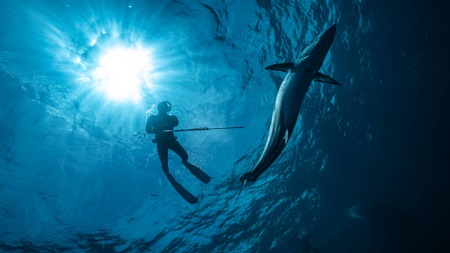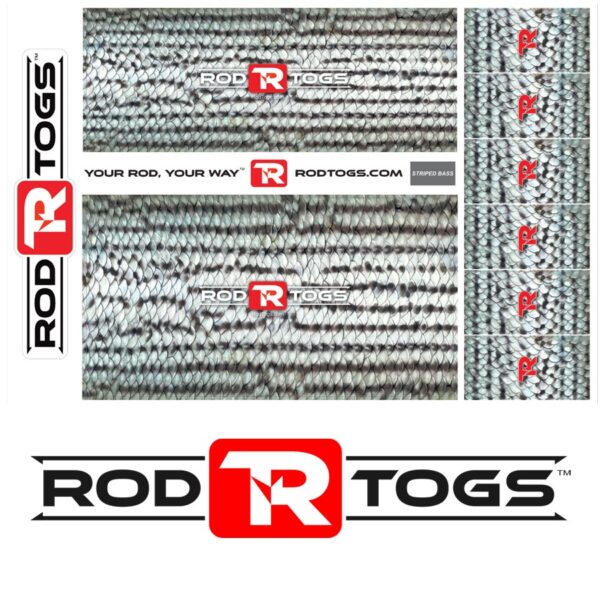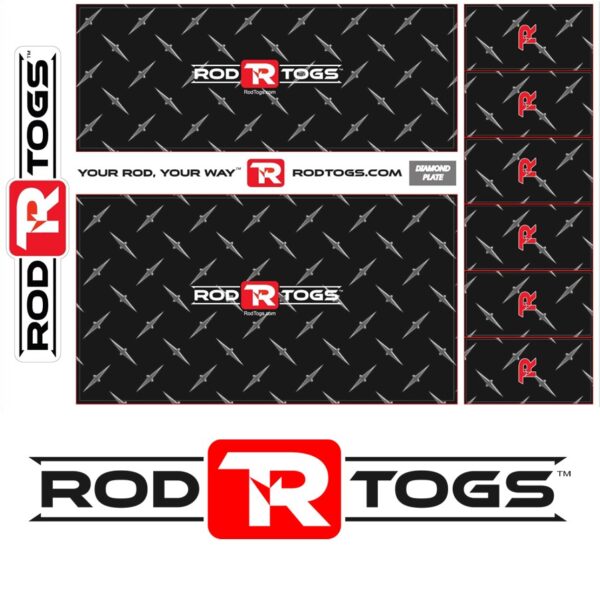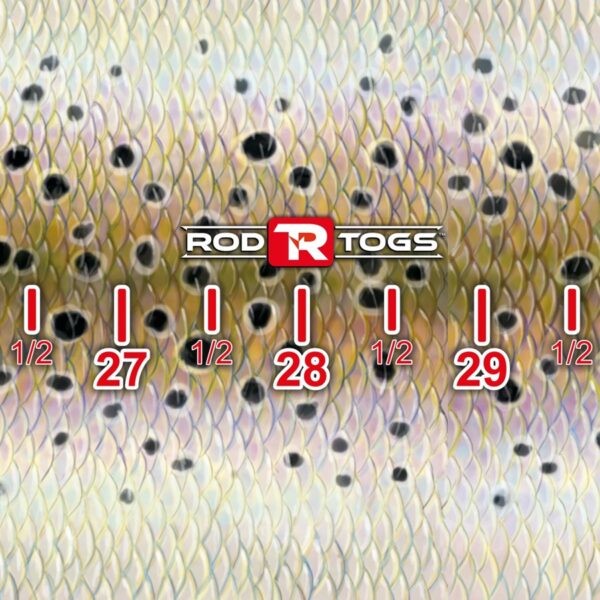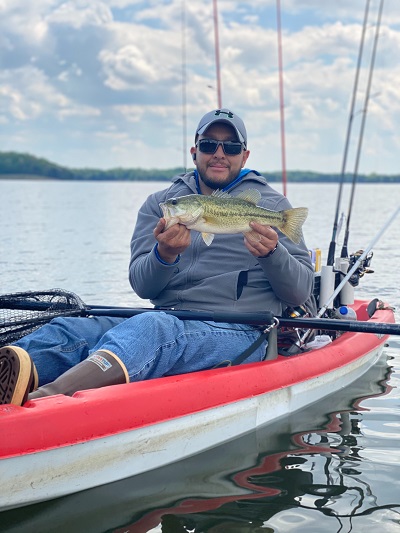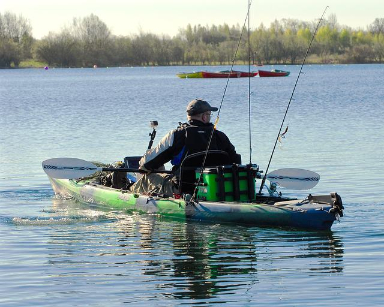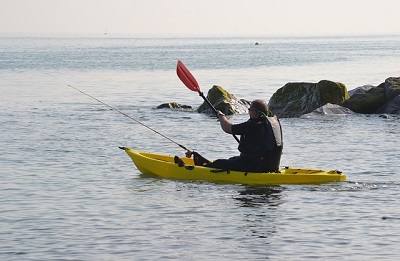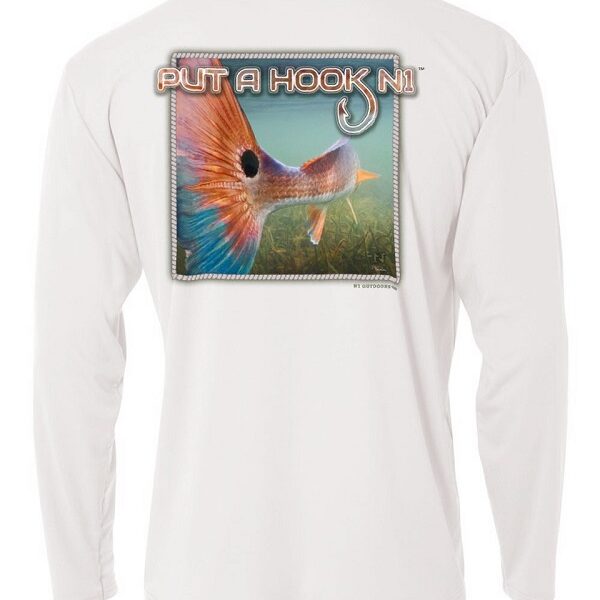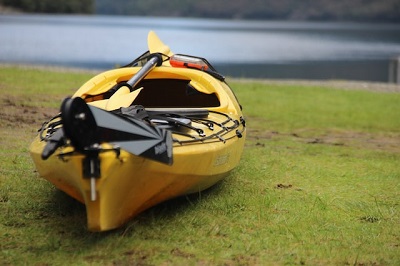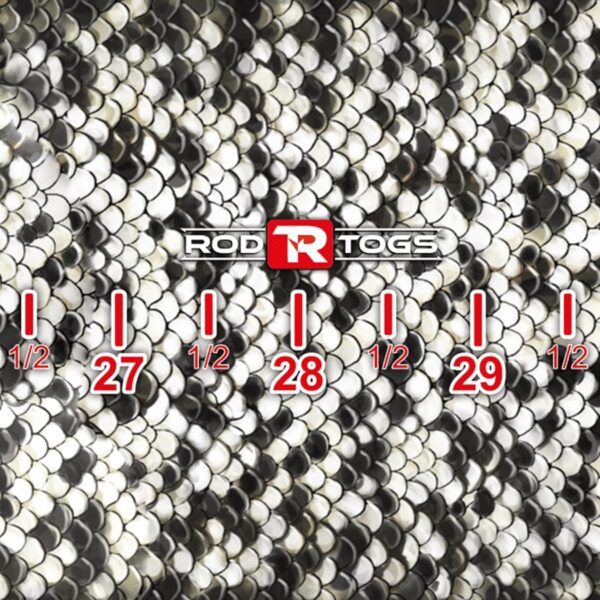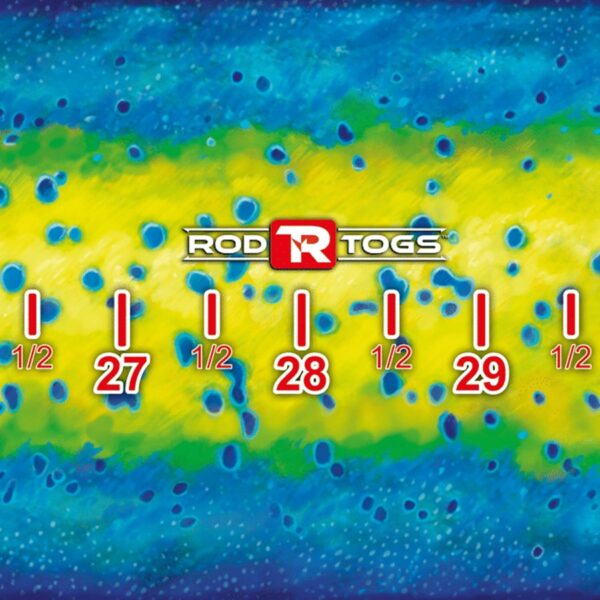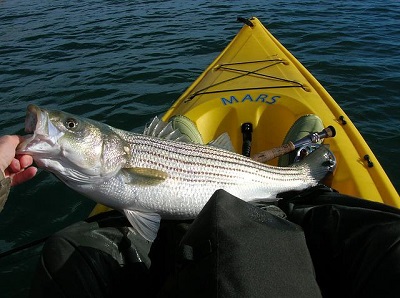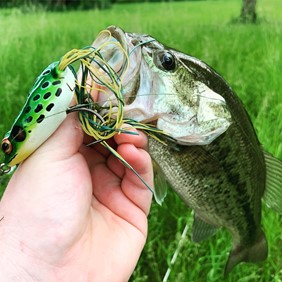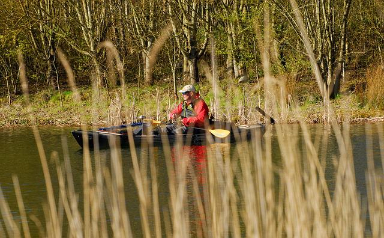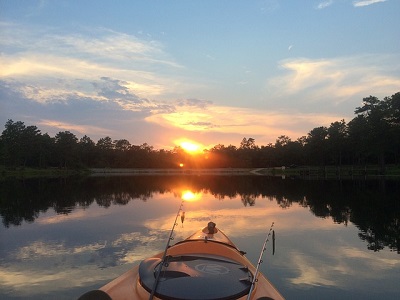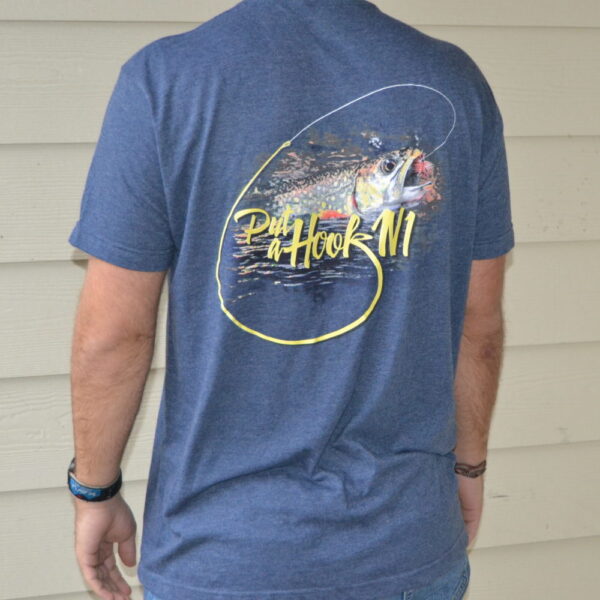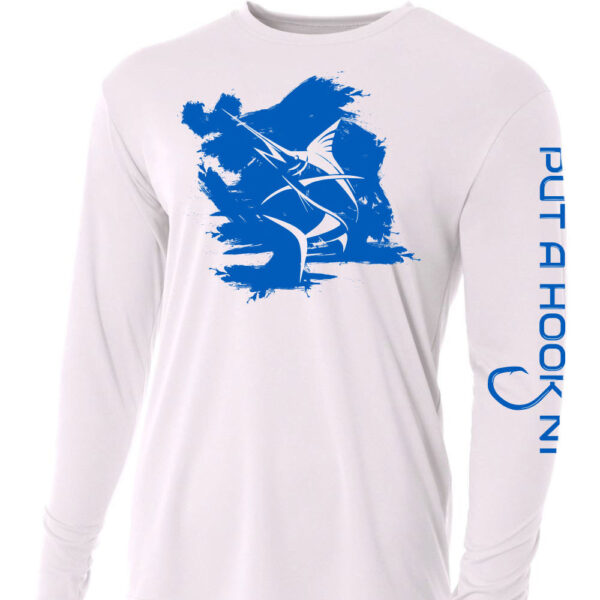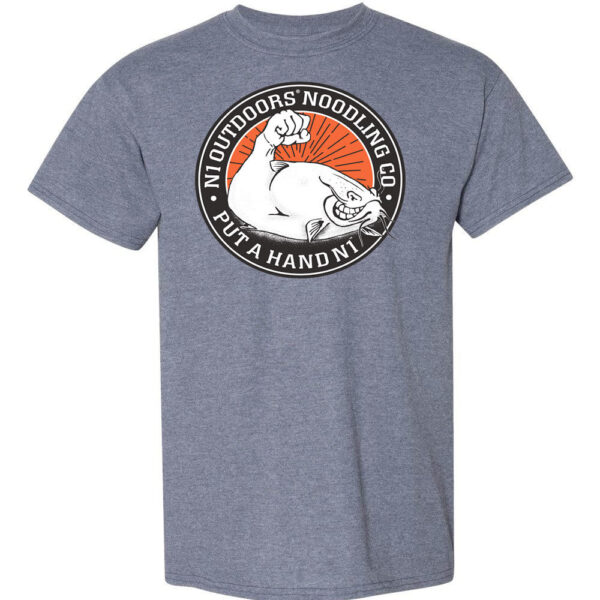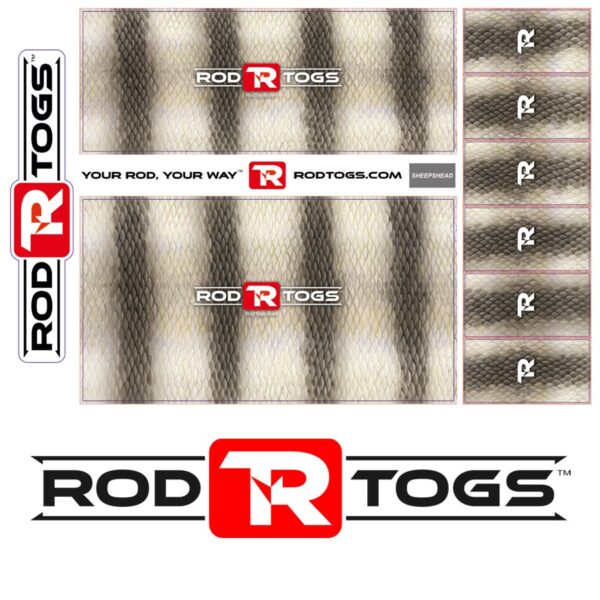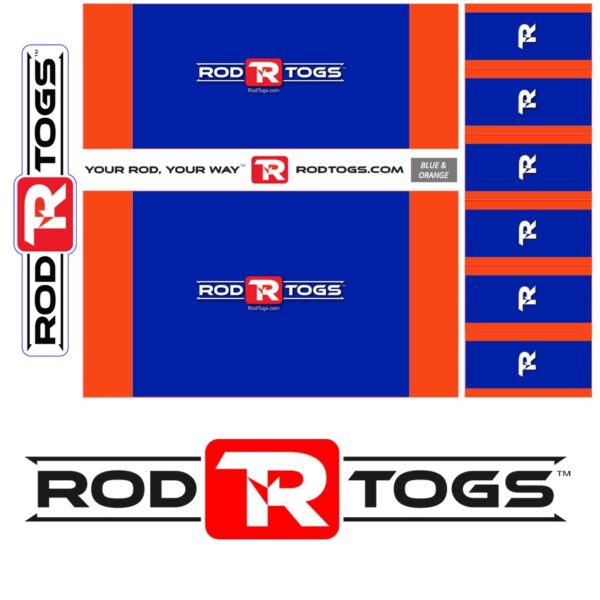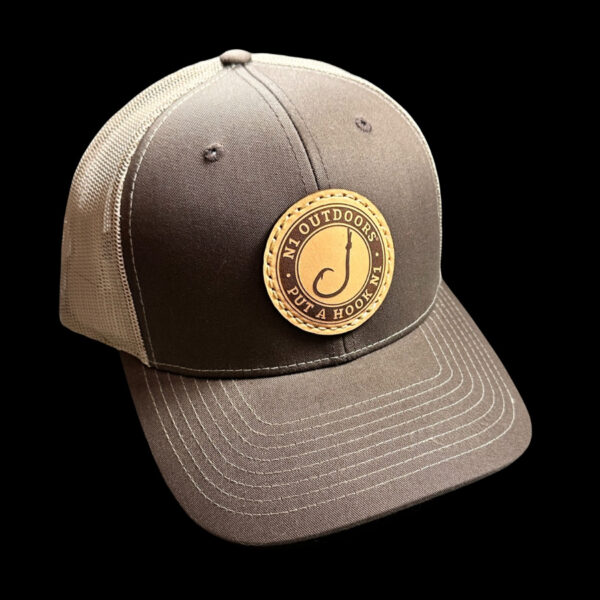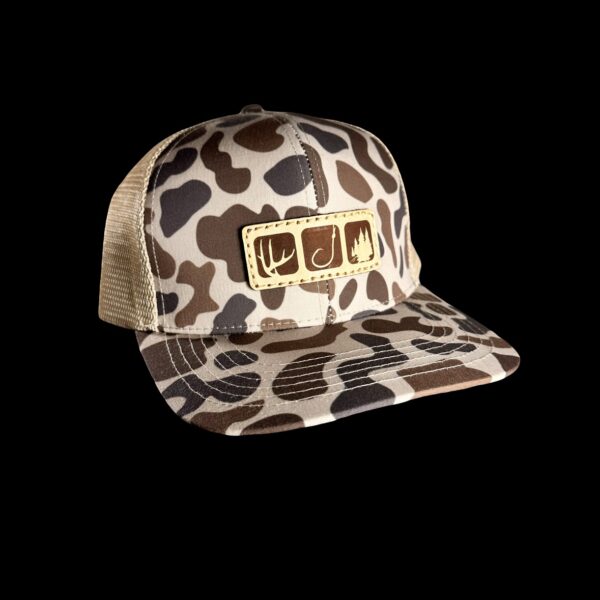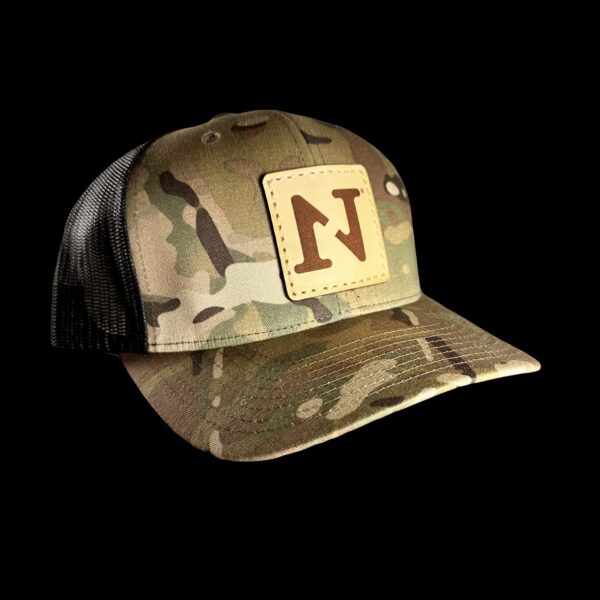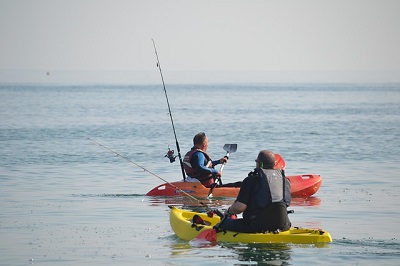Humans have been spearfishing for a long time. In fact, spearfishing was initially a survival method to gather food.
In a cave found in southern France, there are paintings that some believe reveal how spearfishing dates back more than 16,000 years.

Today, spearfishing is a sport loved and practiced by many people across the globe.
If you’re a passionate swimmer or a diver looking to take part in this sport, there are certain things you need to be familiar with first. After all, spearfishing doesn’t simply entail wearing your diving suit and carrying a spear stick with you!
Read on to learn all there is to know about the exciting sport of spearfishing, as well as mistakes to avoid. With the insights you gain, you’ll perfect your spearfishing skills in no time.
Speargun Fishing Safety Tips
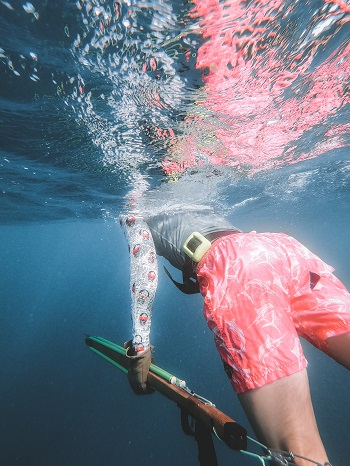
You must never forget that a speargun is a dangerous weapon, and can cause serious injury or even death if not handled and operated properly.
- Respect The Speargun
Although spearfishing is one of the most thrilling watersports, you must not forget that spearguns are dangerous weapons. Therefore, you must never play around with or point one at another individual. When you are using a speargun, always be sure that the speargun is pointed away from areas where people are present, to prevent injuries or accidental discharges.
When a speargun gets discharged, it releases a powerful recoil that could lead to a severe injury to the body or face if discharged accidentally. Even if the safety feature is on, don’t be careless and assume nothing could happen. If you are not about to fire on a fish, keep your finger off the trigger!
-
Sale!

Put A Hook N1™ Bucket Bite Logo Tee (Columbia Blue & Heather Mint)
$9.00 Select options This product has multiple variants. The options may be chosen on the product page -
Sale!
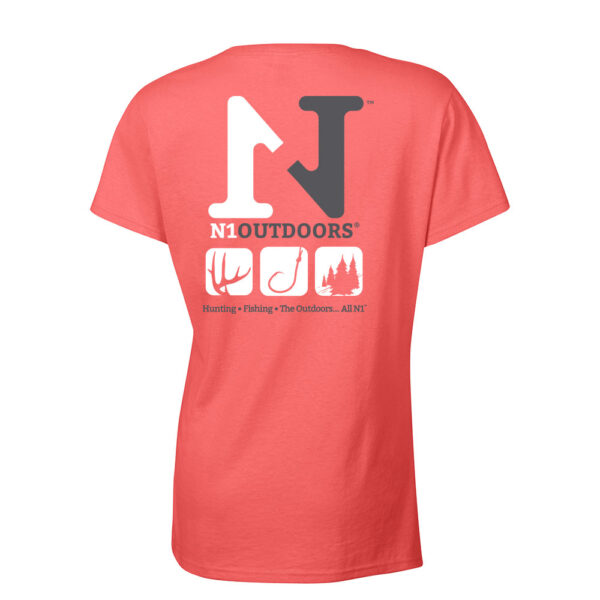
N1 Outdoors® Ladies Flagship Tee
Original price was: $22.99.$5.00Current price is: $5.00. Select options This product has multiple variants. The options may be chosen on the product page -
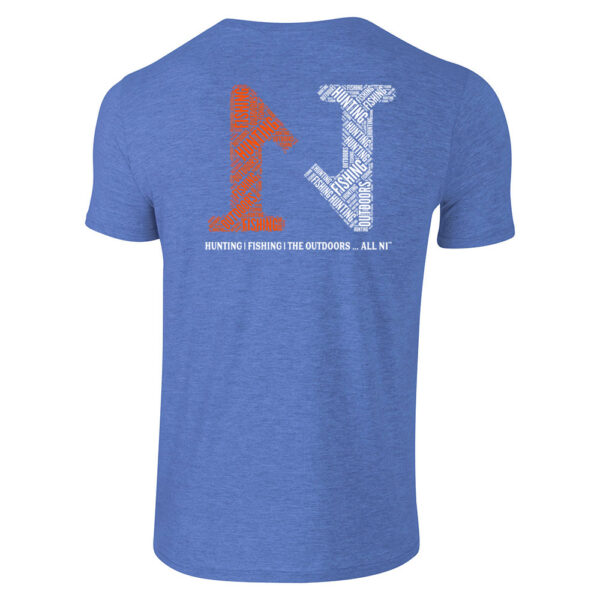
N1 Outdoors® Word Cloud Tee (Heather Royal)
Price range: $22.99 through $28.99 Select options This product has multiple variants. The options may be chosen on the product page
- Start With The Basics
You should know the basics of operating a speargun before you go spear fishing. To do this, take a spearfishing course to equip yourself with knowledge of how to use a speargun safely, even if you’re already an experienced scuba diver or free diver.
This is crucial, because the added complexity of using a speargun, which is a deadly weapon, completely changes the dynamic of scuba diving or free diving.
After taking spearfishing lessons, you’ll be aware of the fundamentals, such as how to take a shot with spearguns, the types of water, ideal spots for spearfishing, and the fish species to hunt. With the guidance of an instructor, you’ll also have extensive and practical knowledge of spearfishing techniques.
- Maintain Your Speargun
The speargun, like any equipment, requires routine maintenance for it to work effectively.
Speargun Fishing Equipment Safety Checklist
Regular maintenance is necessary since shooting lines regularly results in wear and tear eventually. So, you need to maintain your speargun often. You can do this by inspecting the shooting line, taking out the shaft, and examining everything, from the shaft’s rear to the lower part of your speargun.
The following are additional steps you can take to maintain your equipment:
- Always follow the manufacturer’s specs for maintenance of your speargun.
- Rinse it with fresh water after each dive.
- Replace the speargun rubber at the end of each season.
- Diassemble, inspect, and if necessary, replace parts regularly.
- Dry the speargun properly AWAY from direct sunlight.
- Be sure parts have no rust and be lubricated per manufacturer’s specs.
Taking these steps will make your speargun last longer and become more effective while you’re out fishing.
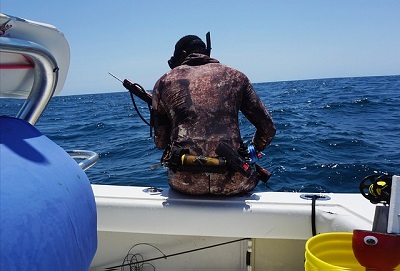
Every time you get in the water to go speargun fishing, you should follow some basic rules…
Speargun Safety Reminders
You should always follow some basic rules. The following are basic rules of speargun safety you should keep in mind:
- Don’t load a speargun out of the water because spearguns require water resistance to work properly. The amount of force the bands have can shoot a spear 20 feet underwater. So, out of the water, these bands can send spears more than 200 feet. You won’t be able to control this kind of shot.
- Avoid firing a speargun out of the water too, as it can be very dangerous.
- As mentioned earlier, avoid aiming your speargun at anything you don’t intend to kill, and make sure your finger is kept away from the trigger until you’re prepared to shoot.
- Be aware of what’s behind your target.
Speargun Fishing Tips
- Know before you go
It’s easy to get sensory deprived underwater. Therefore, before heading out to go speargun fishing, you should always know things like:
- The tide schedule
- Surf conditions (Including wave height and surf direction. Swell direction will tell you in which direction you will drift if you’re not paying attention.)
- The weather Forecast
-
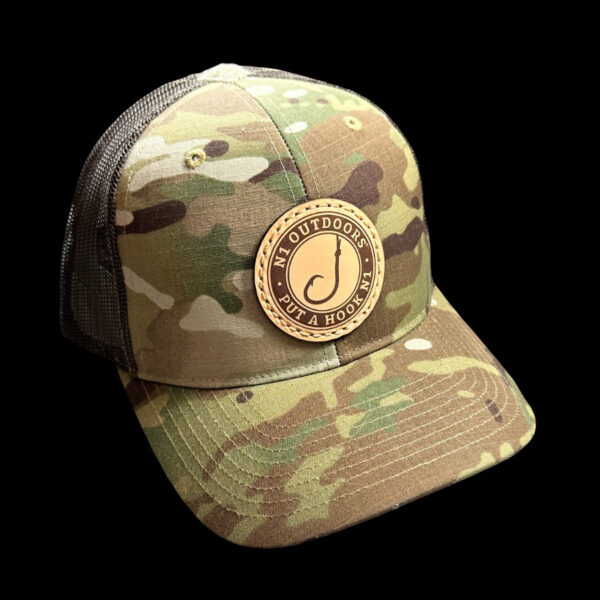
N1 Outdoors® Put A Hook N1™ Fish Hook Leather Patch Hat (Multicam/Coyote Brown)
$29.99 Select options This product has multiple variants. The options may be chosen on the product page -
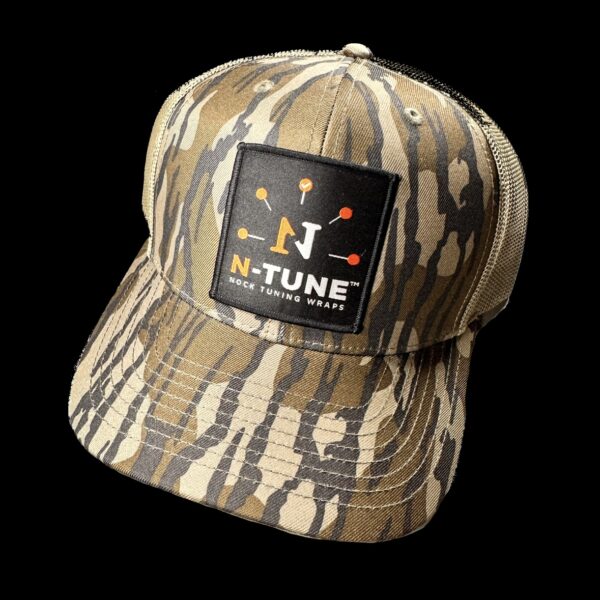
N1 Outdoors® N-Tune™ Patch Trucker Hat (Mossy Oak Bottomland Camo)
$26.99 Select options This product has multiple variants. The options may be chosen on the product page -
Sale!
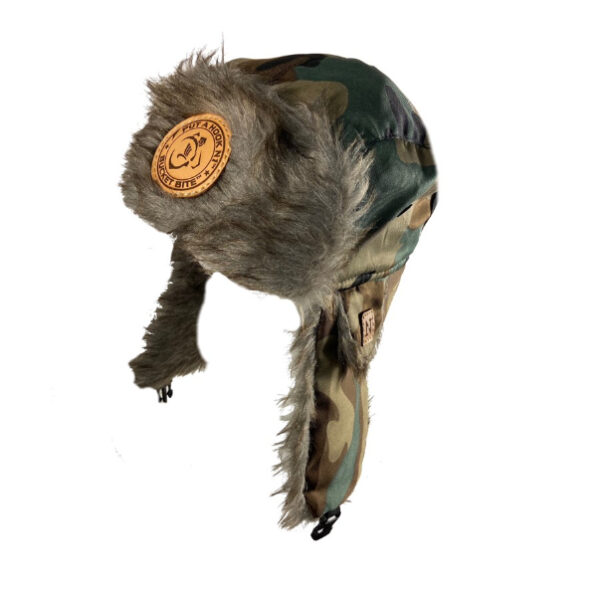
N1 Outdoors® Leather Patch Trapper Hat (Bucket Bite™ design – various patterns)
Original price was: $29.99.$9.00Current price is: $9.00. Select options This product has multiple variants. The options may be chosen on the product page
- Start in shallow water
Even when practicing in shallow waters, wear the right attire and gather all the necessary gear, such as wetsuits and rash guards.
Once you’re all set for practice, begin with the ‘stalking’ technique. This technique involves staying above water while hunting fish below the surface. You can either stand on the rocks or in the water, but you’ll need to act fast. Over time, you’ll get better at spearing fish.
- Practice In Shallow Waters And Master Your Aim
If you’re still working on your spearfishing technique, refine your skills by practicing in shallow waters. This will help protect you from the dangers of underwater diving and speargun use.

It’s a good idea to start practicing with your speargun in shallower water.
In addition to practicing in shallow waters, you need to master your aim. Some have it easy—it’s just a matter of pointing and shooting. Others have their own technique, such as aiming along the side of the gun to have better control over the vertical axis. Find and use a method that you’re comfortable with.
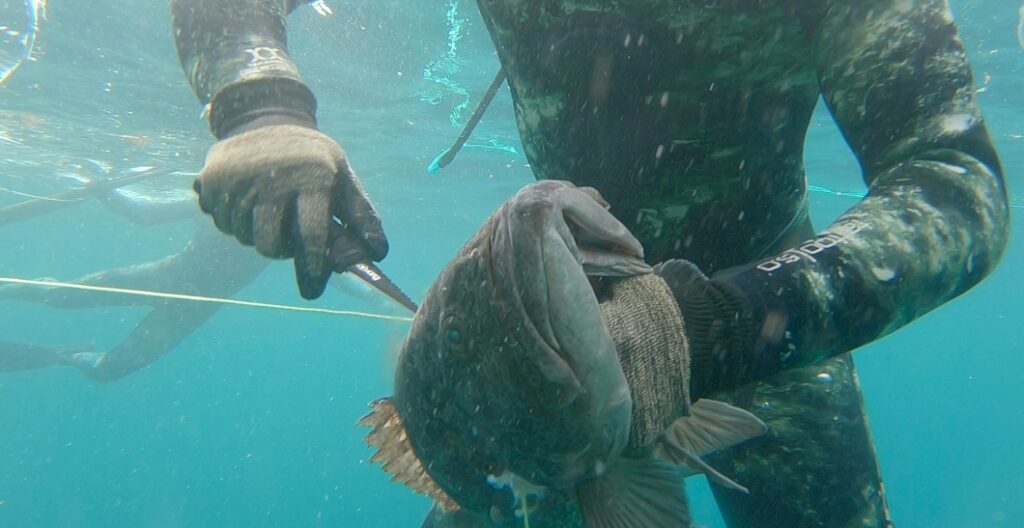
Aiming for the head is a good rule of thumb. Open the safety lock of your speargun, direct your gun at your target, relax, and then pull the trigger to let go of the spear shaft in an instant. Just remember to get close enough to the fish, so you can have good aim before pulling the trigger. This will make the fish suffer less and keep you from having to puncture it again with your knife.
- Be patient
While spear fishing, don’t chase the fish and swim with jerky movements. Swimming hastily after fish will only scare them away. Just take your time and relax, so you can get closer for a shot.
- Keep Your Distance
Another rookie mistake is swimming too close to the ocean floor. You should go as high as your visibility allows and then aim silently at the fish. This way, pressure on the fish is lessened, and gravity helps you get a faster shot.

To keep from over-pressuring the fish, stay as high above the fish as you can while maintaining visibility.
Moreover, a successful shot from a downward angle can sometimes pin the fish to the bottom, until you’re ready to string it and carry it to the surface.
- Shoot From The Proper Distance
While you shouldn’t fish too close to the ocean floor, you also shouldn’t shoot too far away either. You need to familiarize yourself with the flight distance of different kinds of fish. For instance, approaching hogfish for a great shot is a breeze. On the other hand, snappers and groupers tend to be wary, so you’ll need to take longer shots.
- Understand How Your Speargun Works
Naturally, you must understand how your speargun works before diving into the water and chasing fish. Spearguns have varying shooting line paths. Variations include the roller, closed, and open muzzles.
Aside from these shooting line paths, you should research the various spearfishing weapons such as pneumatic or band spearguns, Hawaiian slings, and pole spears.
Handling a pole spear is simple, but other weapons are complicated since they involve certain steps to use them safely, like rigging and aiming.
Final Thoughts on Spearfishing
Spearfishing can be an incredibly enjoyable outdoor activity. Just be sure to master the basics and familiarize yourself with general spearfishing mistakes.
We hope you put a hole N1!

